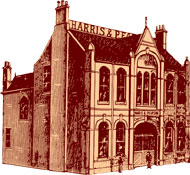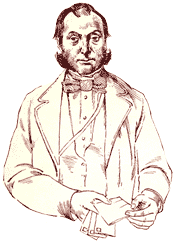
|
|
|
|
|
|
The 19th Century - an Ideal Location In 1852, Peter Harris and George Pearson acquired the lease of the site, then 6 acres, and further increased the area to 9 acres in 1872. Between 1852 and 1874, the amount of fireclay extracted from the Staffordshire coalfields increased fivefold, and by 1874 there were 20 different firms involved; an indication of the expansion of the industry. A typical 19th century Black Country firebrick-works required local mineral reserves, including clay pits to provide the ceramic raw material and coal mines to provide fuel. Other resources available here at Brierley Hill included iron, lime and sand, all essential ingredients. The site was also bounded by the Stourbridge Canal to the west, Brettell Lane to the south, Bull Street to the north, and the Great Western Railway to the east. The Black Country Tramway network ran along Brettell Lane. Transport links were therefore present all around the site. Active coalmines were present to the east, west and north. Brierley Ironworks to the north and Brettell Lane Lime Kilns to the south-west. In fact the site and its location were ideal for a successful business, proved by the fact that it still continues today, producing high temperature ceramics for the furnace industry operated by Dyson Industries Ltd. of Sheffield. |
 George Pearson 1821 - 1899 |
|
© Copyright WMHBT